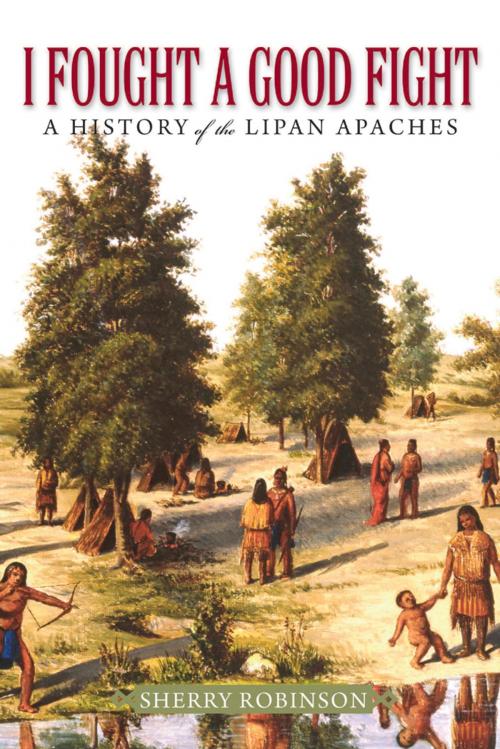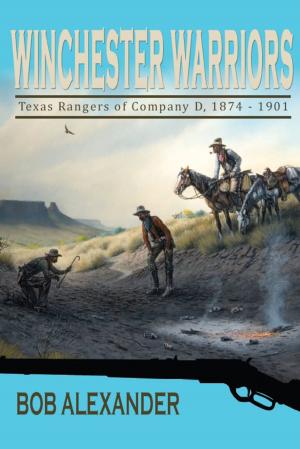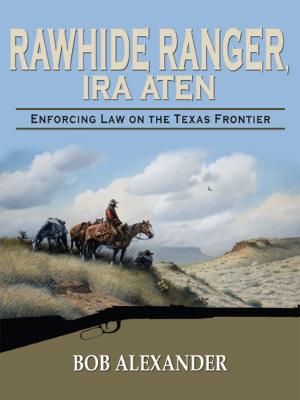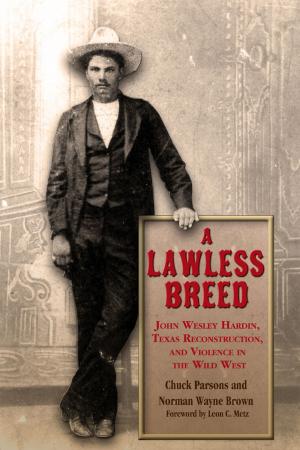I Fought a Good Fight
A History of the Lipan Apaches
Nonfiction, Social & Cultural Studies, Social Science, Cultural Studies, Native American Studies, History, Americas, United States| Author: | Sherry Robinson | ISBN: | 9781574415193 |
| Publisher: | University of North Texas Press | Publication: | June 15, 2013 |
| Imprint: | Language: | English |
| Author: | Sherry Robinson |
| ISBN: | 9781574415193 |
| Publisher: | University of North Texas Press |
| Publication: | June 15, 2013 |
| Imprint: | |
| Language: | English |
This history of the Lipan Apaches, from archeological evidence to the present, tells the story of some of the least known, least understood people in the Southwest. These plains buffalo hunters and traders were one of the first groups to acquire horses, and with this advantage they expanded from the Panhandle across Texas and into Coahuila, coming into conflict with the Comanches. With a knack for making friends and forging alliances, they survived against all odds, and were still free long after their worst enemies were corralled on reservations. In the most thorough account yet published, Sherry Robinson tracks the Lipans from their earliest interactions with Spaniards and kindred Apache groups through later alliances and to their love-hate relationships with Mexicans, Texas colonists, Texas Rangers, and the U.S. Army. For the first time we hear of the Eastern Apache confederacy of allied but autonomous groups that joined for war, defense, and trade. Among their confederates, and led by chiefs with a diplomatic bent, Lipans drew closer to the Spanish, Mexicans, and Texans. By the 1880s, with their numbers dwindling and ground lost to Mexican campaigns and Mackenzies raids, the Lipans roamed with Mescalero Apaches, some with Victorio. Many remained in Mexico, some stole back into Texas, and others melted into reservations where they had relatives. They never surrendered.
This history of the Lipan Apaches, from archeological evidence to the present, tells the story of some of the least known, least understood people in the Southwest. These plains buffalo hunters and traders were one of the first groups to acquire horses, and with this advantage they expanded from the Panhandle across Texas and into Coahuila, coming into conflict with the Comanches. With a knack for making friends and forging alliances, they survived against all odds, and were still free long after their worst enemies were corralled on reservations. In the most thorough account yet published, Sherry Robinson tracks the Lipans from their earliest interactions with Spaniards and kindred Apache groups through later alliances and to their love-hate relationships with Mexicans, Texas colonists, Texas Rangers, and the U.S. Army. For the first time we hear of the Eastern Apache confederacy of allied but autonomous groups that joined for war, defense, and trade. Among their confederates, and led by chiefs with a diplomatic bent, Lipans drew closer to the Spanish, Mexicans, and Texans. By the 1880s, with their numbers dwindling and ground lost to Mexican campaigns and Mackenzies raids, the Lipans roamed with Mescalero Apaches, some with Victorio. Many remained in Mexico, some stole back into Texas, and others melted into reservations where they had relatives. They never surrendered.















